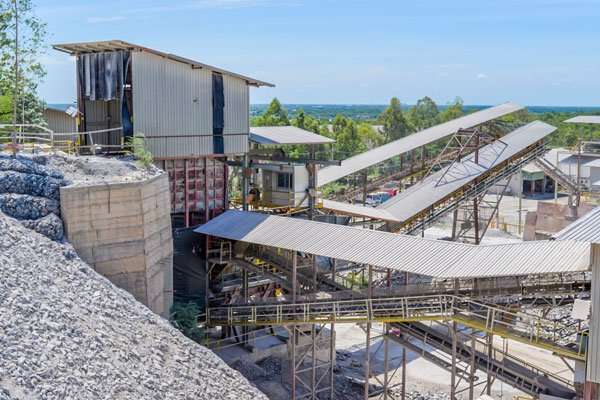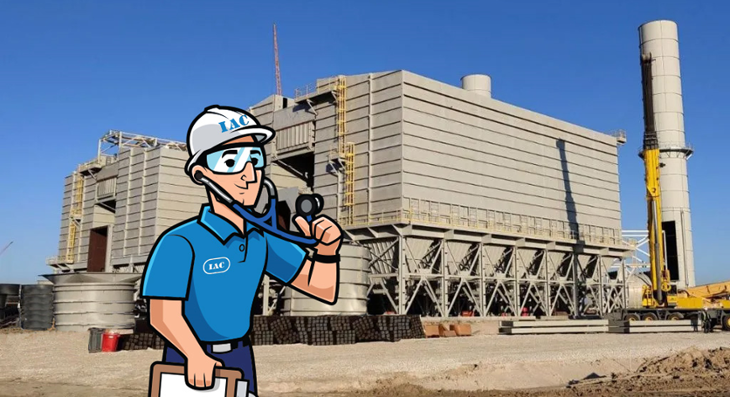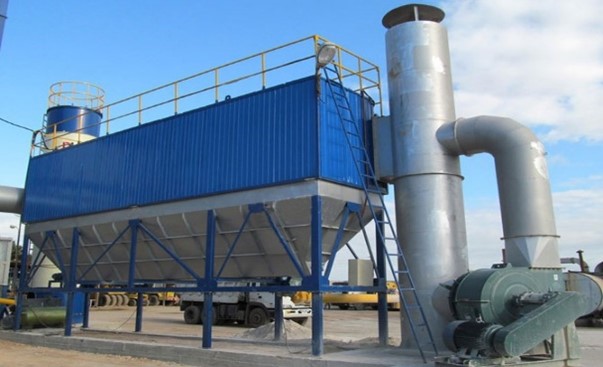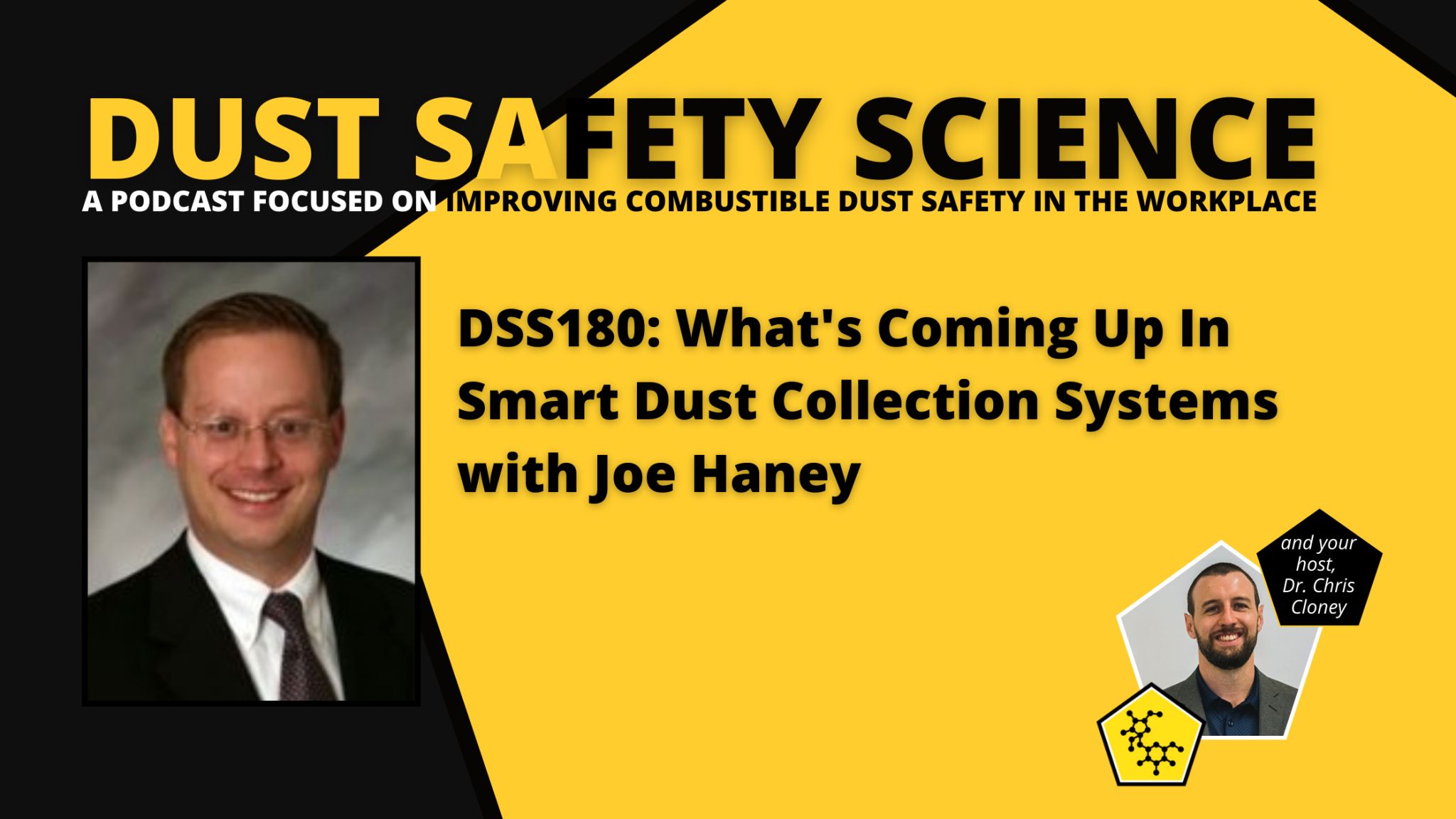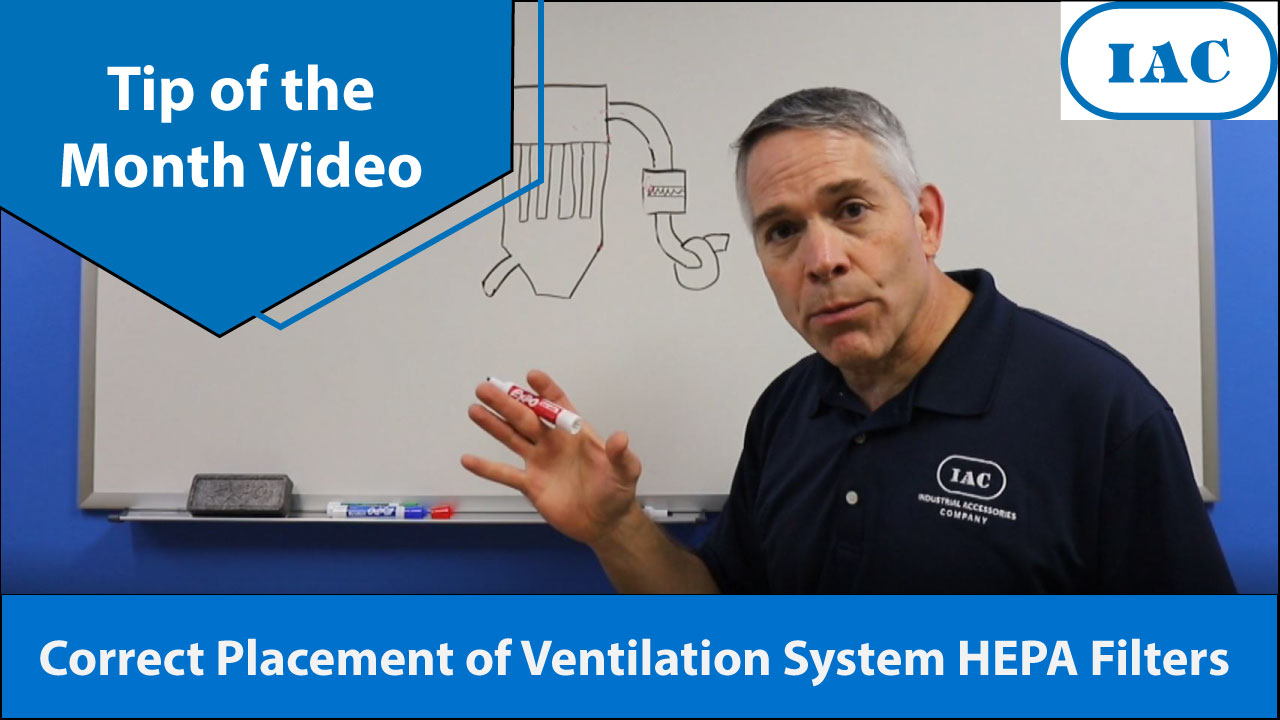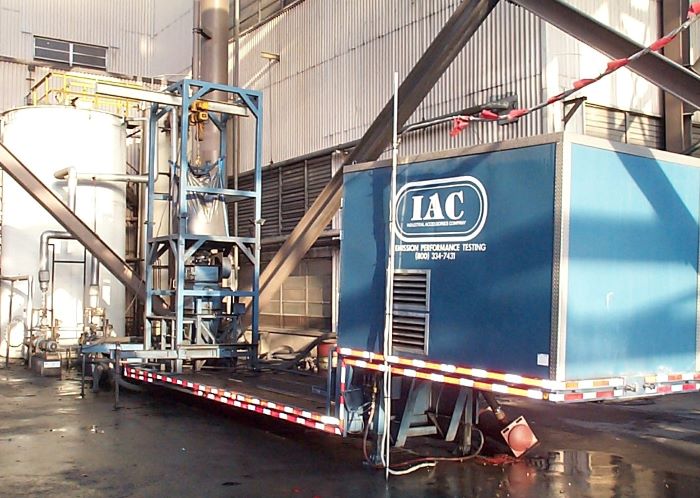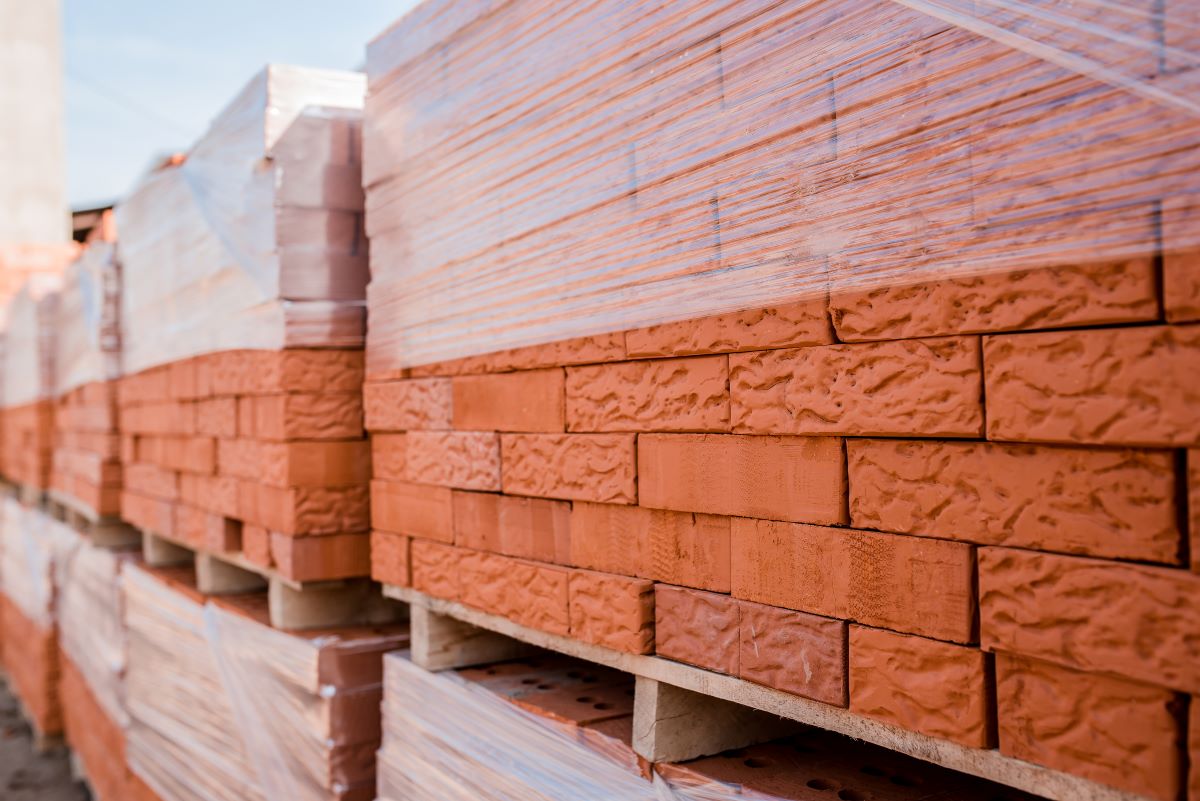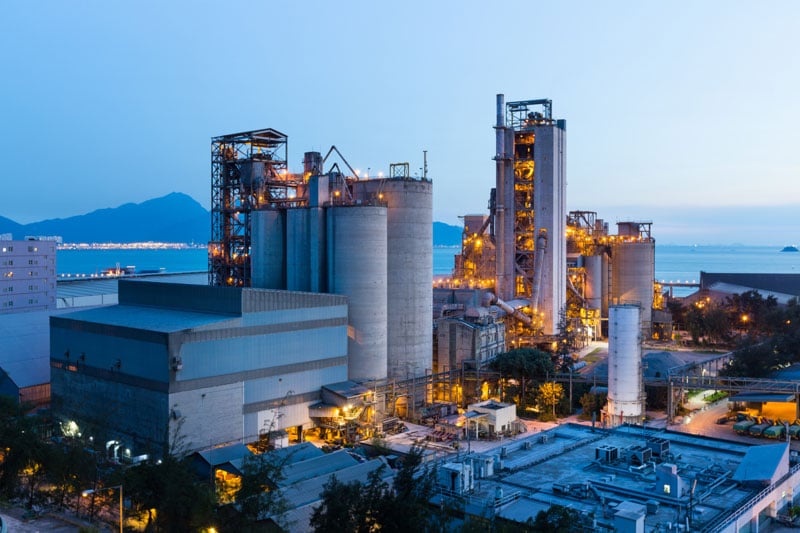Navigating New Regulations in the Lime Industry: Key Insights from IAC
Hi, Joe here from IAC. As we gear up for the National Lime Association (NLA) Meeting this June, there are several critical developments in the lime industry that we’re focusing on. Here are five key points we want to highlight:

